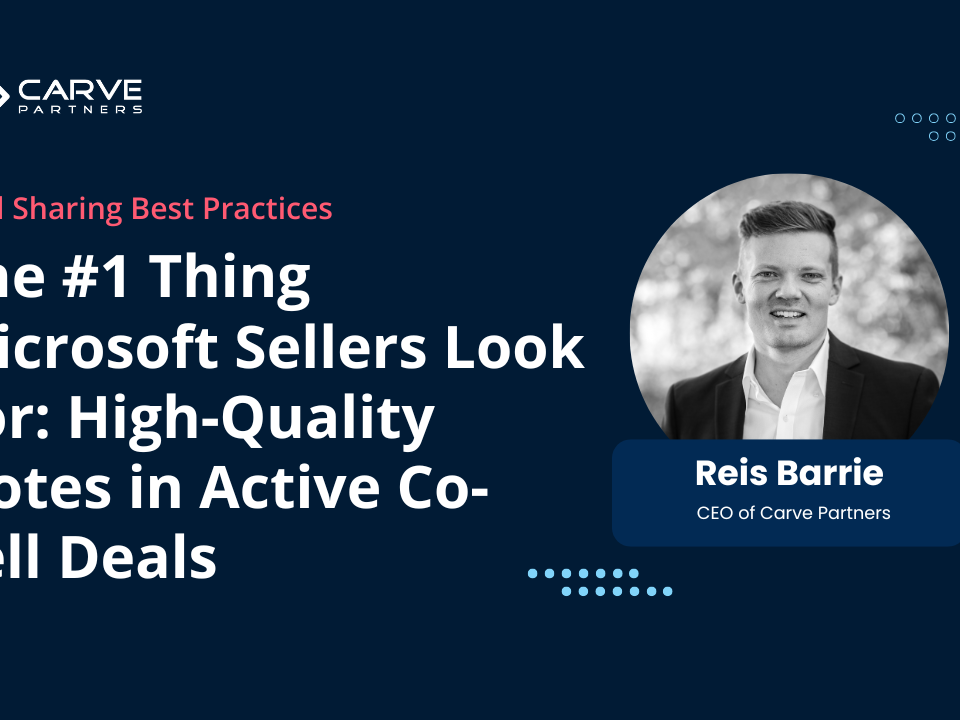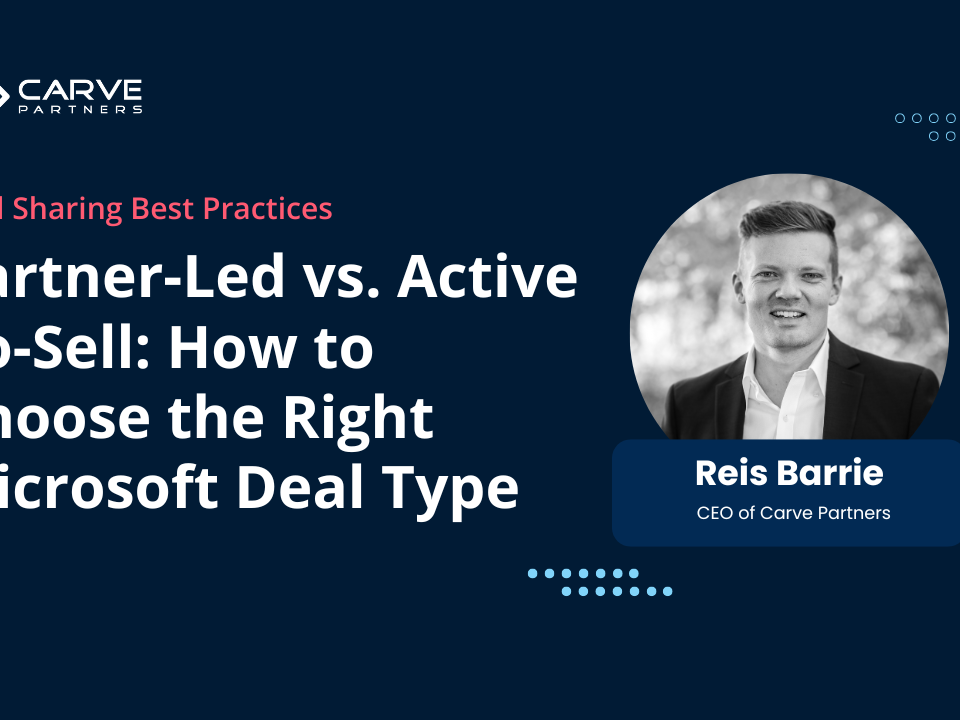
How to Choose the Right Customer in Partner Center

Add the Right Contacts to Your Microsoft Co-sell Deals
Get Your Partner Center Fields Right the First Time (or Risk Getting Ignored)
If you're sharing deals with Microsoft through Partner Center, you’re probably already familiar with the frustration of submitting something—and hearing nothing back.
More often than not, it’s not because the deal isn’t good.
It’s because the key fields were wrong, incomplete, or irrelevant.
In this post, we’ll break down exactly which Partner Center fields you must get right to avoid getting ignored—and give your submission the best chance at Microsoft seller engagement.
The 4 Partner Center Fields That Matter Most
Microsoft sellers often scan hundreds of deals. These four fields either pull them in—or push them away.
1. Deal Name: Be Specific and Value-Oriented
✅ Good: Contoso Azure Migration – $500K, FY25, 3-Year Scope
This tells the Microsoft seller:
- Who the customer is
- What the opportunity is
- How big it might be
- Whether it’s Marketplace-eligible
🚫 Bad: Test Deal, New Opportunity, TBD
Why it matters: Sellers are scanning for relevance and clarity. Your deal name should give them an at-a-glance understanding of who, what, and where the value is.
Tip: Include customer name, product/solution type, and timeframe if possible.
2. Estimated Deal Value: Signal Strategic Opportunity
This isn’t just a number for internal reporting—it’s one of the first filters Microsoft sellers use to decide if a deal is worth their time.
How to approach it:
- Report the realistic total contract value (TCV) based on your best estimate
- Include recurring value (e.g., 3-year SaaS license = $150K, not just year one)
- If it’s an Azure deal, consider how much could transact through Marketplace
- Microsoft sellers think in pipeline impact and quota math—help them see it
3. Estimated Close Date: Keep It Realistic
Avoid gaming the system by pushing every deal to this month or this quarter.
It creates false urgency—and Microsoft sellers know it.
Instead, use a close date that reflects:
- The actual sales cycle
- Where you are in the deal
- Procurement realities if it involves Azure MACC spend
4. Purchase Intent: Show That You’re In Motion
This field helps Microsoft assess how committed the customer is.
Use this space to signal:
- You’ve had real conversations
- There’s confirmed interest or urgency
- They’ve expressed a need, timeline, or budget





